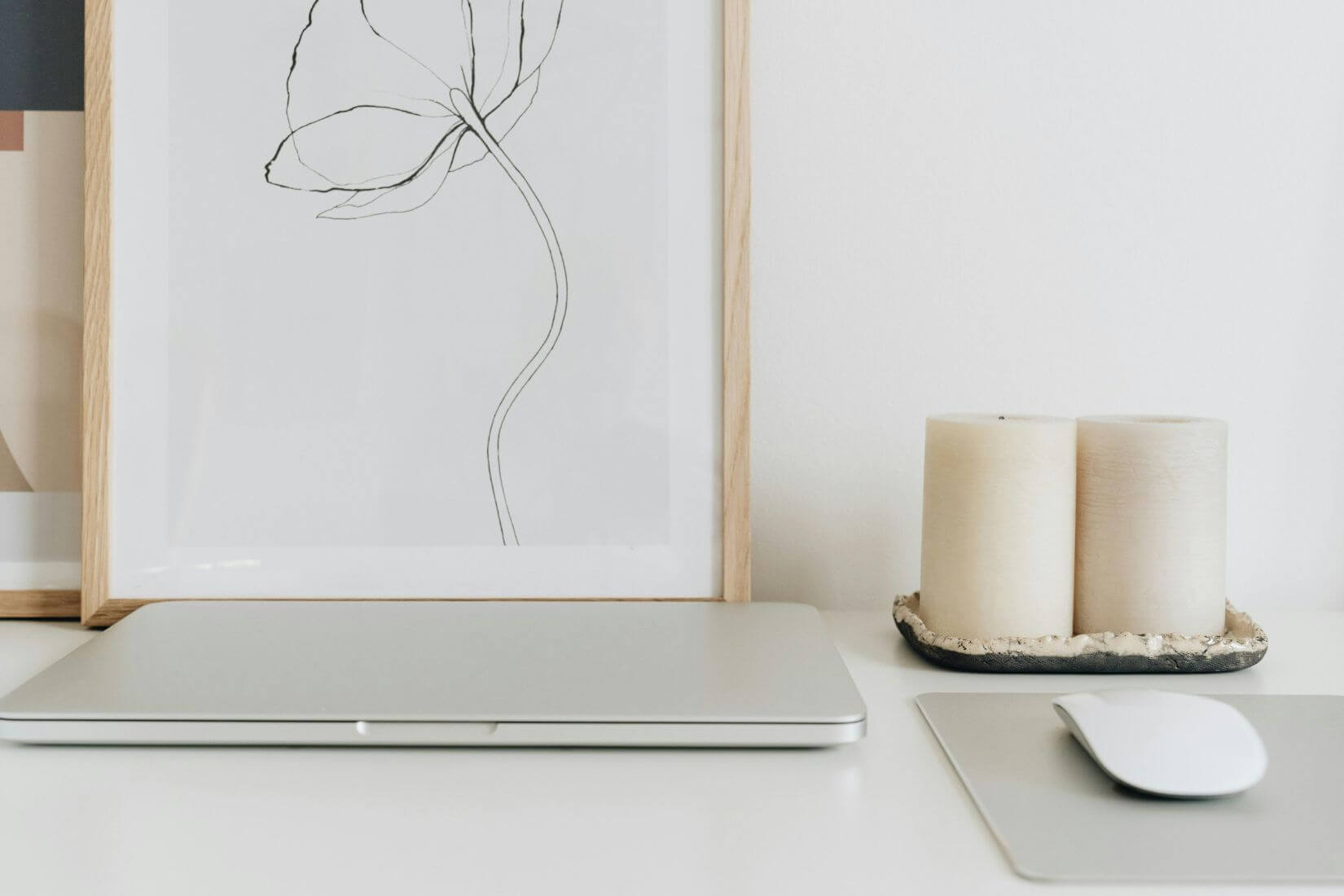How to Create a Work-Life Balance: 6 Tips for a Fulfilling and Productive Life
Balance has become such a buzzword in recent years.
Since the start of the pandemic, we have all been thrust into new and very different working conditions, with most of us (who could) having to work from home.
But working from home isn’t for everyone.
Women’s work-life balance is more imbalanced than it ever has been and this is in large part to do with the rapid rise in people working from home. Even if you’re not working from home a work-life balance can be really difficult to maintain.
But it’s absolutely key to living a productive, fulfilling, and less stressful life. Achieving that balance isn’t easy but the steps to do it are simple. By creating routines and holding up boundaries you can smash your work life, and thoroughly enjoy your private life at the same time.
Well, Why Does Work-Life Balance Matter?
Having a well-balanced professional and personal life will simply make you happier. You’ll be less stressed and, most likely, less tired, and you’ll spend much-needed quality time with your loved ones.

6 Steps to Create Your Perfect Work-Life Balance
1. Set Clear Boundaries
Create strict boundaries around when your working hours are and when they finish. This is a game changer if you work from home too.
Set your working hours and be consistent with your start and finish times, this also means making sure you’re not starting a task you know will take an hour and starting at 4:45 when your set finish time is 5 pm. Make sure you’re wrapping everything up within good time, leaving only small quick tasks for you to do at the end of your day.
If you find it hard to stick to these boundaries then make sure you tell your family and friends about them so that they can help hold you accountable for sticking to them, furthermore, they know what time you’re available for work and when you’re focusing on your personal time.
Setting these boundaries doesn’t only mean setting them around work time either. If you work from home, then it’s a good idea to have a designated working area as well. So you can mentally ‘finish’ work when you leave that specific area.
Be sure to turn off your notifications after work too, so you can switch off from it completely.
2. Prioritize Tasks with a System
If you’re like me, then your default mode is working through your tasks in your head, which always ends up in chaos and overwhelm.
Creating a priority list with a system will help you feel like you’re on top of things and you’ll have the mental clarity you need to stop the overwhelm and brain fog in its tracks.
A well-known way to organize your tasks is the Eisenhower Matrix, which works by splitting your tasks into four tiers: urgent and important, important but not urgent, urgent but not important, and neither urgent nor important. This method helps you steadily get through the high-priority tasks on your to-do list without getting distracted and starting on something else.
Another way to organize yourself is to time block, and what time blocking is setting specific blocks of time to do specific types of work or tasks. Setting aside this time for important tasks will keep you focused and minimize distractions.
If neither of those works for you, you could try good old to-do lists or digital planners.
3. Learn to Say No
Learning to say no is essential for protecting your time and energy.
Saying yes to everything and everyone will result in a few things.
Stress. Burnout. Overwhelm.
As much as we’d like to be, you can’t be everything to everybody and accepting extra work, social events and family commitments will have you exhausted and depleted with no time to nurture yourself or your well-being.

4. Incorporate Breaks and Physical Activity
Another way to get to a proper balance between your work and personal life is to be able to maintain proper focus when you’re working.
All too often, we don’t have deep focus during our work hours because we’re getting distracted and restless. Taking regular breaks, even as short as 5 minutes, will help you get your mind back into gear, reducing the chance of you experiencing mental fatigue.
Take a tiny walk, do some star jumps or even some stretches. These little bursts of activity will help you to stay focused without leaving you feeling drained at the end of your work day.
5. Make Time for Hobbies
Having a good work-life balance isn’t just about being strict around work. It’s also making sure that you make time for your hobbies and doing things that you love. These are the things that keep you going, and help you get through the working day.
Whatever lights you up and brings you a smile, that’s the thing you should be spending your personal time exploring. Whether it is painting, swimming, walking, yoga, horse riding, or pottery — whatever it is it’s crucial that you take time and be intentional about finding joy in those hobbies or interests.
6. Set Digital Boundaries
Setting digital boundaries is an absolute must for disconnecting from work and reclaiming your personal time.
This means putting down your laptop and silencing any work-related devices or apps. Of course, if you’re on-call that’s not always possible, but if you can clock off at 5 pm and disconnect from work — it’ll help you avoid the temptation to check in and respond immediately. Spend your precious personal time doing something wholesome!
Pin these steps to achieve work-life balance for later!
Balance is Key Across the Board
Life is about balance.
Nothing works unless it’s balanced, and you should consider your work and personal life no different. Overworking will only result in overwhelm. And when you’re overwhelmed that will seep over into your work life as well, so it’s not actually beneficial to sway one way or the other.
Both parts of your life will be affected.
Creating a well-balanced life will take time so don’t just try to go cold turkey with it. Try a few steps at a time… Slow and steady wins the race.








